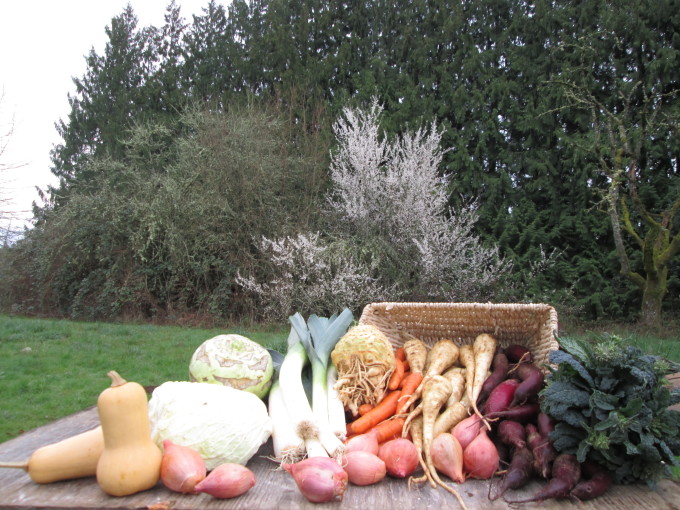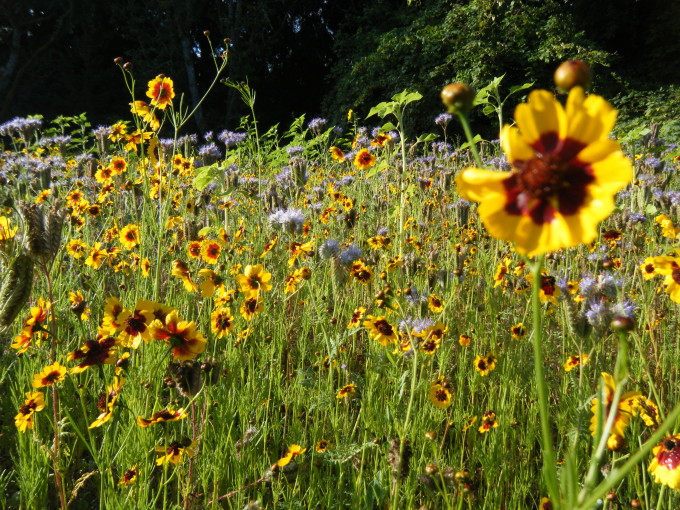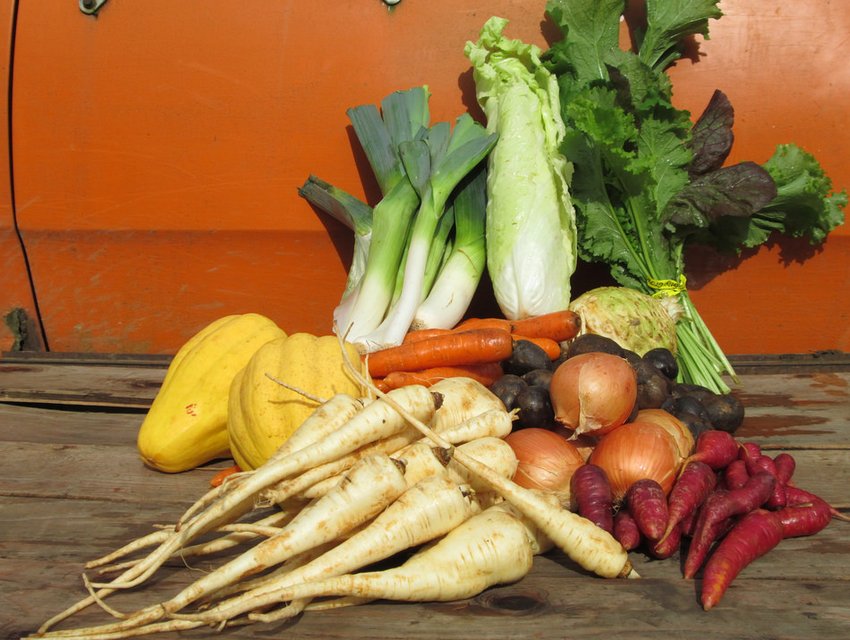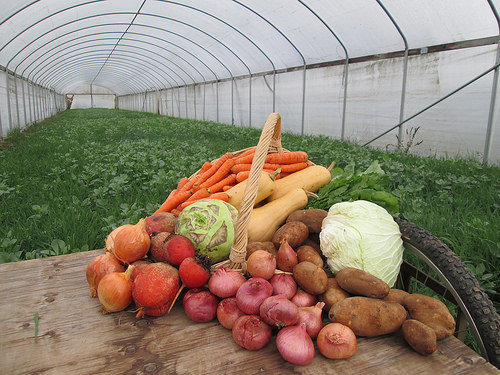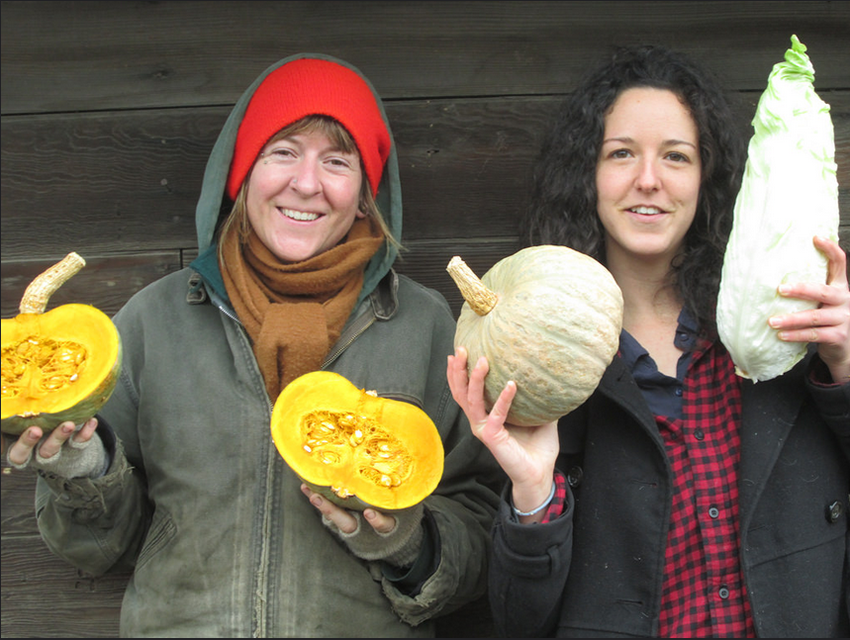Welcome to Week 2 of the CSA, we hope you enjoyed your first share last week! Here on the farm we are enjoying a respite from the hot sunny weather and are gearing up to transplant basil, cucumbers, and fall leeks out into the fields.
As an Organic farm, we have a host of approaches that we use to control weeds, disease, and pests that can damage the crops in the fields- this week we are inoculating our greenhouse starts (particularly the fall cabbages) with beneficial nematodes. These awesome little microscopic worms are parasitic to fungus gnats and flea beetles- very common pests that can wreak havoc if populations get out of control. We are hoping that by inoculating the plant starts, we will then inoculate the farm fields when transplanting time comes around, and keep the undesirable pests down to a manageable level. Thanks nematodes!
Your Share This Week:
- Bok Choi
- Chard
- Fennel
- Japanese Turnips (Hakurei) with Tops
- Lettuce: Butterhead
- Scallions
Crop Notes
Bok Choi: Last week you got a chance to try baby bok choi, and this week you will meet its full-sized relative, Joi Choi. Although they are both choi, the full-sized version is quite different for it has beautiful, thick juicy stems that are a refreshing treat on a hot summer day. Once again, we have opted not to wash the Joi Choi since the washing process damages the leaves, cracks stems, and results in reduced storage quality. Just give it a quick rinse when you are ready to eat it. If you happen to see small perforations in the leaves of your Joi Choi…thats the work of flea beetles…a pesky little insect that loves hot weather, and tender leaves of crops like choi, arugula, broccoli, kale, etc.
Fennel: For our first plantings of fennel we like a variety called ‘Preludio’, which as the Italian name implies, is an early maturing variety. This variety is best when harvested slightly young, and has a flattened shape with very tender bulbs that really don’t even need to be cored. In addition to the delightful and tender bulbs, we have also included most of the stalks and fronds as well- providing more fennel goodness and a chance to utilize different parts of the plant in different ways. I’m sure Katherine has some stellar fennel recipes to look forward to! Make sure to put the fennel in a plastic bag or wrap it well with paper towels, since it will want to wilt very rapidly in the refrigerator if left unwrapped (even in the vegetable crisper drawers).
Turnips, Japanese (Hakurei): Sometimes these sweet, creamy turnips are referred to as ‘salad turnips’. Unlike fall storage turnips, these spring grown Hakurei can be eaten raw (my favorite) and do not need to be peeled- think of them more like you would a radish, but sweeter. Without the tops, they can store for several weeks in the refrigerator and also make great quick pickles. The greens are especially delicious when lightly cooked- so be sure you don’t miss out on those. These turnips prefer cooler weather found in the spring or fall, so you may see them once more before summer and then its goodbye until the fall…
Meet Your Farmers
Renee has also personally harvested, washed, and packed a great deal of the salad mix over the past year. If you have a Salad Share, you can thank Renee!
What she does off the farm: Renee opened her very own ballet studio (Rose City Ballet School) March 1st and feels that she is using her farming skills to cultivate very special dancers. Renee is uniquely moving her ballet teachings into a health and wellness direction and feels that ballet is a vehicle through which people can experience joy, creativity, self-expression, empowerment, and so much more. Renee also sees the farm as another form of dancing…have a look at her website or on Facebook . Your first class is free, so go dance your heart out with Renee!

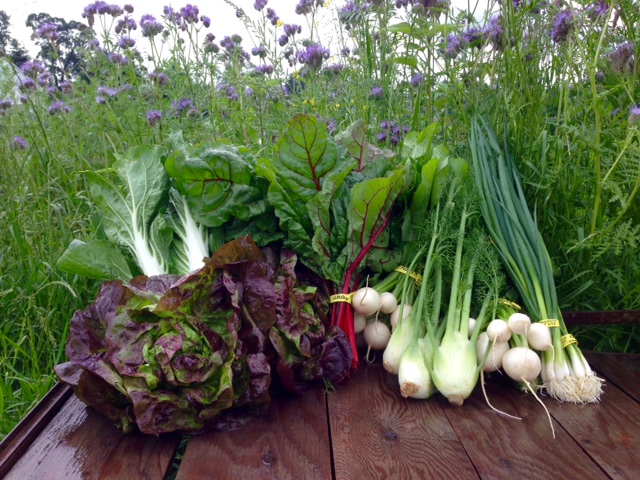

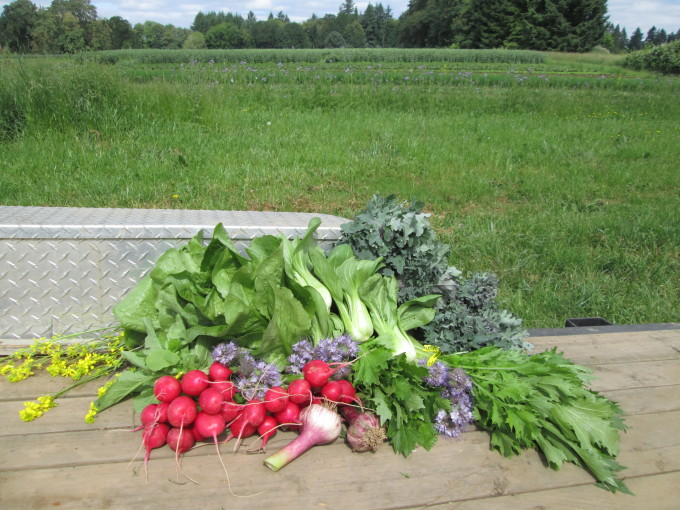
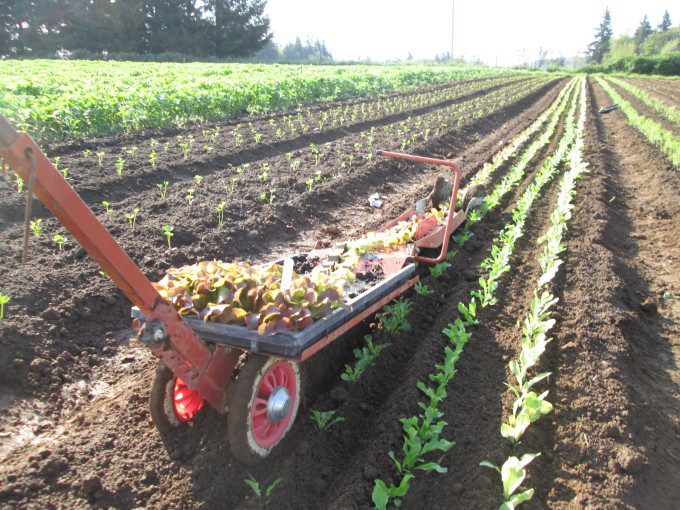
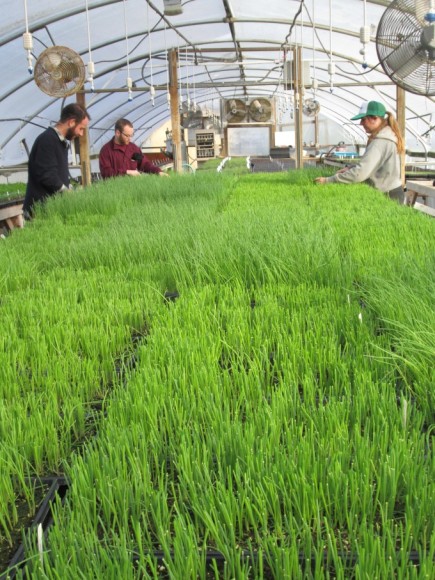
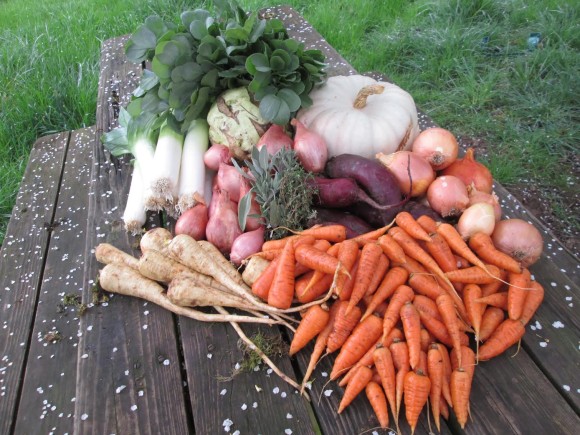
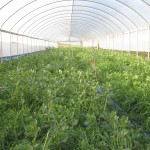
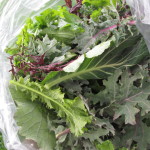
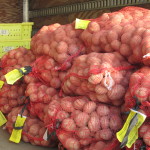
 have less leaf blight by planting our potatoes into our more acidic heavier soil, by dry farming, not irrigating during the growing season, and only applying minimal nitrogen fertilizer. Some varieties to look forward to in 2015 are red gold, yukon gem, yukon gold, chieftain, carola and defender.
have less leaf blight by planting our potatoes into our more acidic heavier soil, by dry farming, not irrigating during the growing season, and only applying minimal nitrogen fertilizer. Some varieties to look forward to in 2015 are red gold, yukon gem, yukon gold, chieftain, carola and defender.